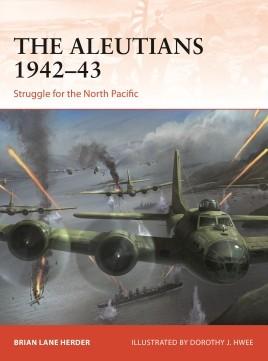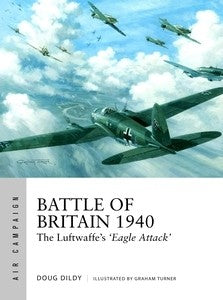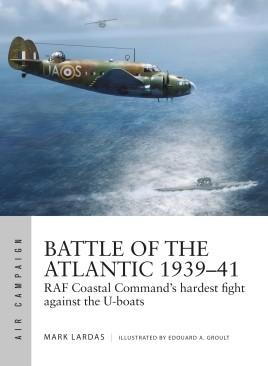
Osprey Publishing Air Campaign: Schweinfurt-Regensburg 1943
Estimated Shipping: 2-3 Business Days
OSP-AC14In 1943, the USAAF and RAF launched the Combined Bomber Offensive, designed to systematically destroy the industries that the German war machine relied on. At the top of the hit list were aircraft factories and plants making ball-bearings - a component thought to be a critical vulnerability. Schweinfurt in southern Germany was home to much of the ball-bearing industry and, together with the Messerschmitt factory in Regensburg, which built Bf 109 fighters, it was targeted in a huge and innovative strike.
Precision required that the targets were hit in daylight, but the raid was beyond the range of any existing escort fighter, so the B-17s would go in unprotected. The solution was to hit the two targets in a coordinated 'double-strike', with the Regensburg strike hitting first, drawing off the defending Luftwaffe fighters, and leaving the way clear for the Schweinfurt bombers. The Regensburg force would carry on over the Alps to North Africa, the first example of US 'shuttle bombing'.
Although the attack on Regensburg was successful, the damage to Schweinfurt only temporarily stalled production and the Eighth Air Force had suffered heavy losses. It would take a sustained campaign, not just a single raid, to cripple the Schweinfurt works. However, when a follow-up raid was finally launched two months later, the losses sustained were even greater. This title explains how the USAAF launched its daylight bombing campaign in 1943, the technology and tactics available for the Schweinfurt-Regensburg missions, and how these costly failures forced a change of tack.
Precision required that the targets were hit in daylight, but the raid was beyond the range of any existing escort fighter, so the B-17s would go in unprotected. The solution was to hit the two targets in a coordinated 'double-strike', with the Regensburg strike hitting first, drawing off the defending Luftwaffe fighters, and leaving the way clear for the Schweinfurt bombers. The Regensburg force would carry on over the Alps to North Africa, the first example of US 'shuttle bombing'.
Although the attack on Regensburg was successful, the damage to Schweinfurt only temporarily stalled production and the Eighth Air Force had suffered heavy losses. It would take a sustained campaign, not just a single raid, to cripple the Schweinfurt works. However, when a follow-up raid was finally launched two months later, the losses sustained were even greater. This title explains how the USAAF launched its daylight bombing campaign in 1943, the technology and tactics available for the Schweinfurt-Regensburg missions, and how these costly failures forced a change of tack.
- 96 Pages
Contents:
- Introduction
- Chronology
- Attacker's Capabilities
- Defender's Capabilities
- Campaign Objectives
- Order of Battle
- The Campaign
- Analysis
- Conclusion
- Bibliography
- Index
Marshall L. Michel III is a native of New Orleans who attended Georgetown and Harvard Universities. He joined the US Air Force in 1966 and from 1970 to 1973 flew 321 combat missions. He was the assistant air attaché at the American embassy in Tel Aviv from 1977 to 1980 when he returned to the United States to fly F-15s at Langley Air Force Base, Virginia. He later served as the Israel desk officer for the Joint Chiefs of Staff in the Pentagon, as a fellow at the Jaffee Center for Strategic Studies at Tel Aviv University, and on the NATO staff in Brussels, Belgium. He retired from the Air Force in 1992 and now lives in Biloxi, Mississippi.




